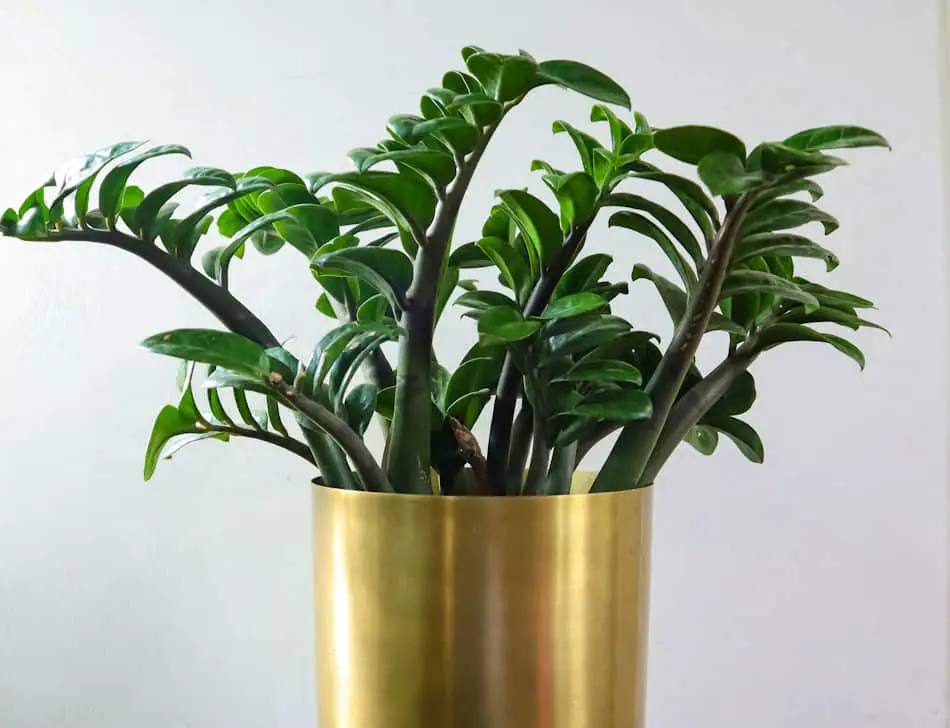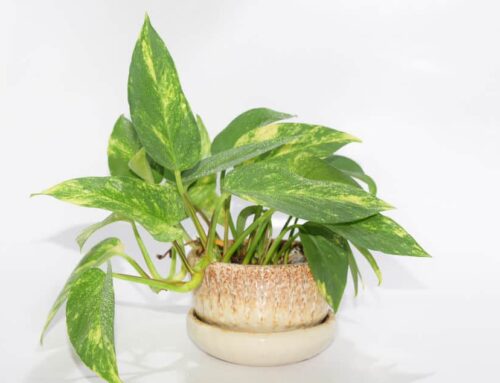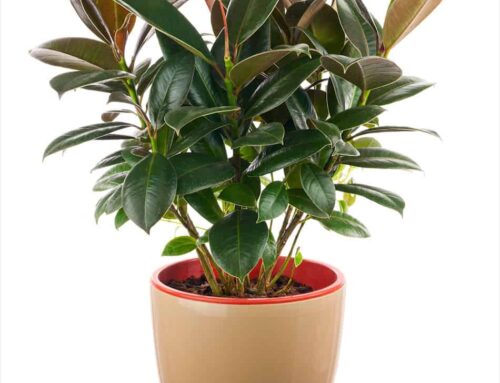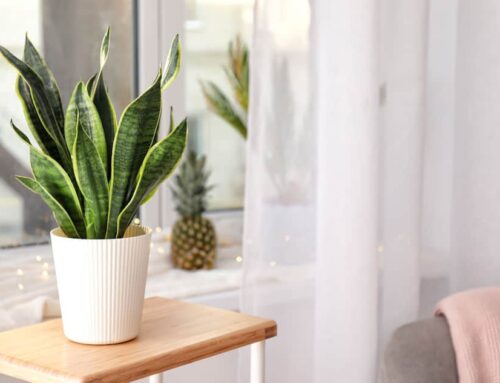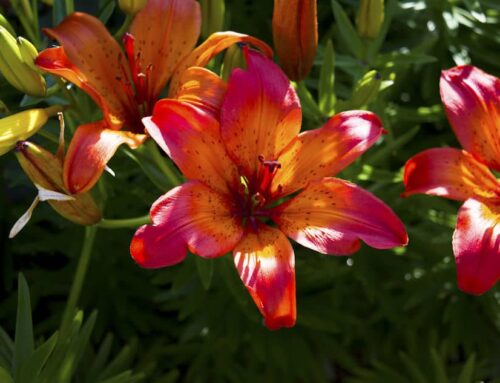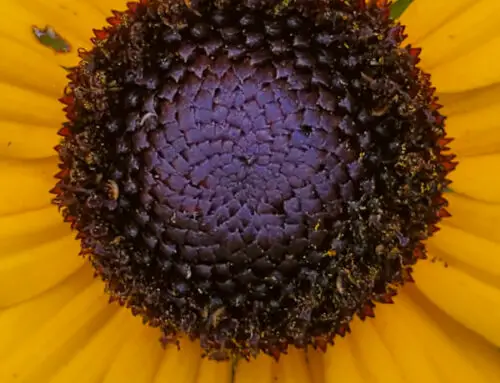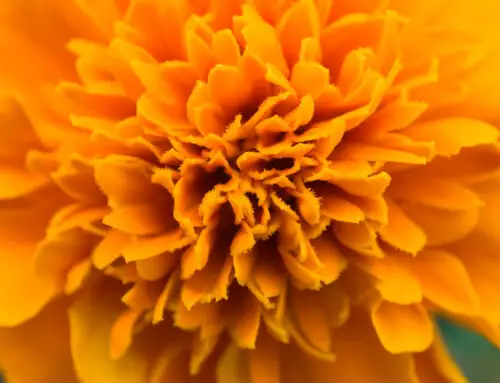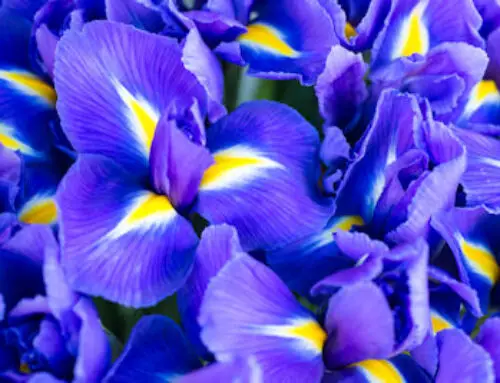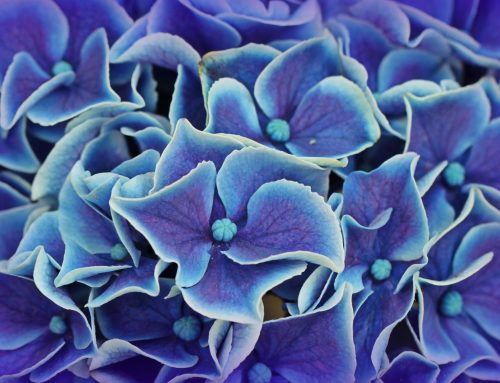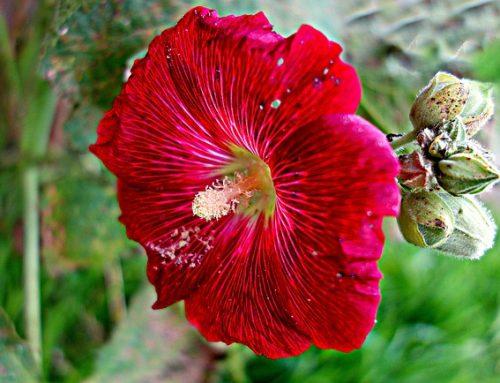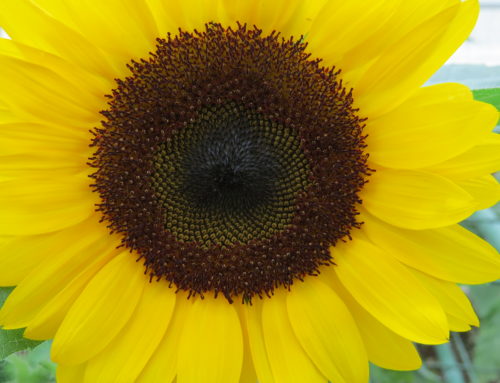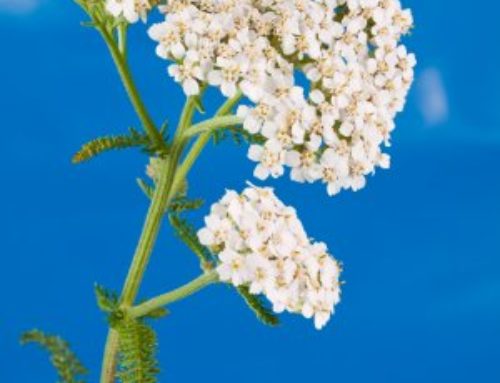Beginning gardeners will marvel at the ZZ plant, which is extremely easy to grow, and features dark wax like leaves that reflect light, thereby brightening your home or office. Originating in Africa, the plant is drought tolerant and perfect for those people whose green thumb sometimes forget to water their plants.
There are a few varieties of the ZZ plant, so you can diversify the look of the plants in your home or office. Not only do they look good, but they also clean the air and reduce toxins. The ZZ plant will make a perfect addition to your décor.
Is ZZ Plant an Indoor Plant
Yes! For the most part, the ZZ plant is an indoor plant. As it hails from Africa, if you live in a warm climate in Zones 10-12, you can plant it outside and enjoy its natural beauty. But in colder climates you will need to settle for keeping it indoors so that it will stay alive.
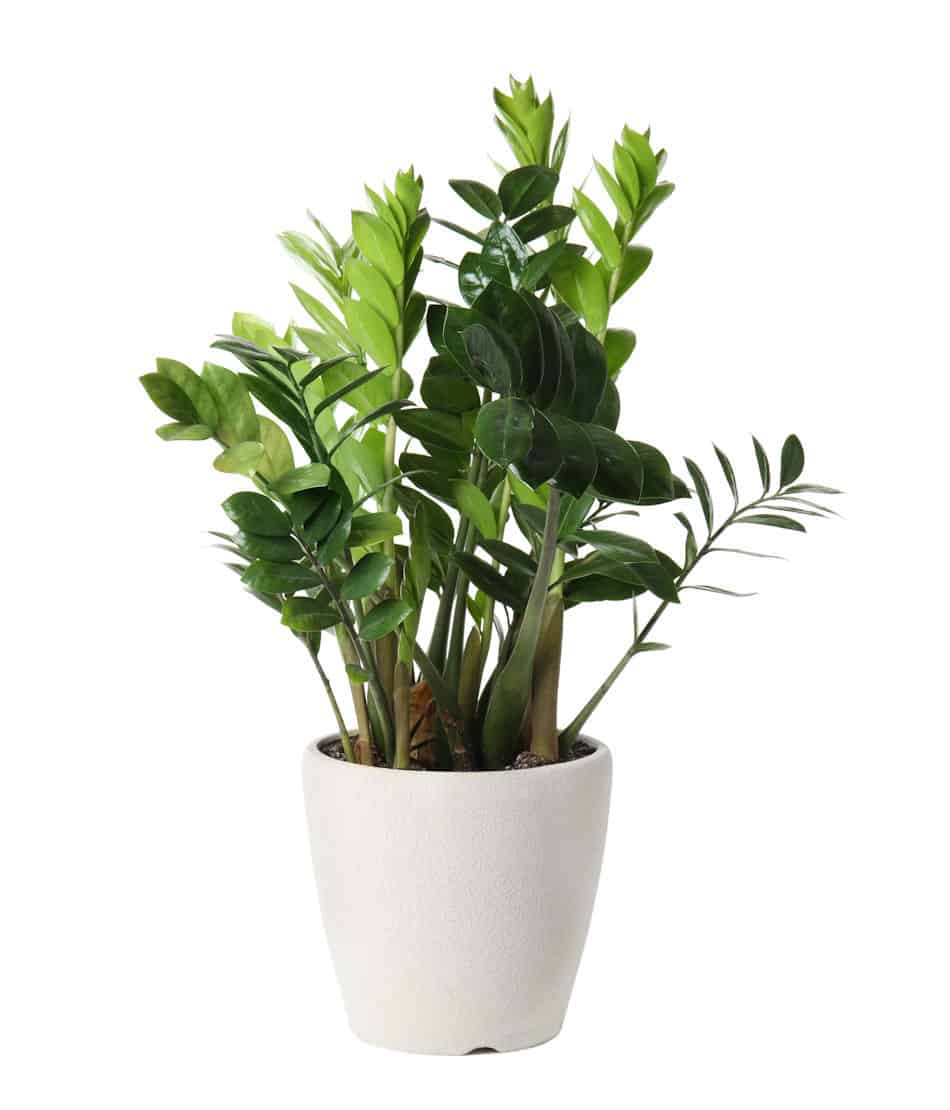
ZZ Plant Information
Types of ZZ Plant
Zamioculcas zamiifolia, is a green leaf plant that is currently very popular in the United States. Besides the regular version of the ZZ plant, there are several specialty versions that would brighten up your home.
Raven: If you are looking for a show-stopper plant that is easy to grow, look no further than the Raven for its astounding dark leaves. Although young leaves are light green, as the plant matures the leaves get darker, ending up almost black.
Variegata: If you are looking for something beyond just a one-tone color, this version of the ZZ plant is for you. From plants with yellow spots that showcase just a little variegation, to nearly albino plants, just make sure that if you have a variegated plant they get more sunlight than normal so the colors will be maintained.
Dwarf Zenzi: This varietal has curlier leaves and denser darker leaves than some others, and it will not grow to be as tall. This is perfect for spots in your home or office where you do not want a tall plant to overwhelm.
Propagation of ZZ Plant
ZZ plants grow from rhizomes, and once they get going they are easy to grow. If you want to propagate a ZZ plant quickly, the best way to do it is to cut off a stalk. Make a clean cut and put the stem in water, making sure to change out the water every 3-4 weeks. Indirect sunlight will be best for your plant, and in about 3 months it will grow a rhizome and a few new roots and you will know it is time to repot it.
The leaf method is another way to propagate a ZZ plant, but it will take more time to use this method. Simply cut a leaf from your current plant, leaving a little stem attached, and place it in well drained soil. You will want to have more than one leaf to propagate, and it will take about 3 months to grow a baby rhizome. Most people would then replant it at this time.
ZZ Plant Pests and Problems
The ZZ plant is not only easy to grow, but it is also generally pest resistant. There are a few pests that can stand in the way of you and your perfect plant experience, however.
Spiderwebs could be a sign that spider mites have taken hold of your plant, so make sure to take the infected plant away from others, and treat it with an insecticide. Aphids are another pest that can cause trouble, as they are attracted to the sap of the ZZ plant. If you see yellow marks on the plant use a mild soap to remove the problem.
There are also a few problems associated with overwatering. Yellow leaves are often a sign that your plant has been overwatered, so hold off on watering and see if things improve. Root rot is another problem caused by watering that is too vigorous. If you suspect your plant has root rot, gently lift it from the pot to look for infected roots and then carefully cut them away.
All in all, there are not many pests that cause too much damage where this plant is concerned.
Questions About ZZ Plant
If you are just starting your journey with the ZZ plant, peruse this list of common questions to get a handle on how to take care of your new plant. These will help you troubleshoot the most common situations that might create a problem.
Are ZZ Plants Poisonous
Yes ZZ plants are poisonous to adults, children, and animals. The entire plant is poisonous so be careful with it and wash your hands if you touch the plant. Keep them away from children and animals. Here is an article on How to Keep Cats Away From Plants that you may find helpful if you have cats.
Are ZZ Plants Good for Beginners
The short answer is a resounding yes! If you are a beginner, this plant is a foolproof way to start your gardening career. Because they were first grown in Africa, they are practically drought resistant, so you will not need to worry about watering them. And they also make do with any type of light, so even if your home or office is not very bright, they will still grow.
They are easy to transplant, easy to care for, and require very little maintenance and TLC. One of the only pitfalls, really, is the possibility of overwatering, so only water ZZ plants when the soil is dry.
Do ZZ Plants Grow in Winter
ZZ plants, which hail from Africa, require heat. If you live in Zones 10-12, they will grow nicely outdoors in winter, but if you live in another zone you need to grow them indoors if you want them to grow in winter. Although your plants will generally have a growth spurt in the spring and summer, they will grow throughout the winter as long as they are warm and have light and an adequate amount of water inside your home or office.
How Can I Encourage My ZZ Plant to Grow
Just like anything else, your ZZ plant needs a little tender loving care in order to grow. There are a few easy ideas that will ensure that your ZZ plant grows to its fullest potential. First, make sure your plant is in the appropriately sized pot with drainage holes and good soil. Place it in bright but indirect sunlight for best results. The plant would appreciate some liquid fertilizer, especially in the spring. But speaking of liquid, be careful not to overwater it, as that can lead to root rot.
How do I Fix My ZZ Plant
The most common problem with this plant that would cause you to worry and the plant to yellow is root rot, which is generally a result of overwatering. You will want to be careful in fixing this, so it does not engulf your ZZ plant or spread to other plants. Carefully remove your plant from the pot and cut away any diseased portions before repotting. You may repot it in the same pot, as long as you wash it out with soap and water. Make sure to use fresh potting soil and add perlite, so you can get your plant re-started on a healthy track.
How Long Does ZZ Plant Last
ZZ plants are long lasting and will live a long life if cared for properly. If you have transplanted them from a cutting, it will usually take about 3-5 years to grow a ZZ plant from one or two stems. They grow about 6-8 stems a year, and will end up being about 5 feet tall. Once they are fully grown, they will live happily for at least another 5-10 years, and sometimes longer. Consider repotting your ZZ plant each spring for best results.
Is ZZ Plant a Good Plant
Houseplants are good at adding oxygen and creating better air in homes and offices, but the ZZ plant is especially adept at removing toxins from the air. Xylene, toluene, and benzene are several of the toxins that are no match for the ZZ plant. Having a ZZ plant in your home will help remove these toxins from your rooms.
What are the Benefits of ZZ Plant
There are many benefits to having plants in general, and especially the ZZ plant. Plants use photosynthesis to create oxygen, so that will fill the air in your home with oxygen. The ZZ plant is good at cleaning toxins from the air. In addition to offering cleaner air, the ZZ plant is also an element of feng shui, as a money plant in the wealth corner.
In Conclusion
Although zamioculcas zamiifolia is difficult to pronounce, it is actually very easy to grow, and if you grow a ZZ plant you will be able to remove toxins from the air and beautify your home or office. With the simple instructions and troubleshooting ideas above, your plants and your green thumb will be off to a great start!


